
Although I’m not a Digital Nomad and do jiggle my many trips and travels around a day job, I did my share of travel planning and organizing. I definitely know how to plan a trip from scratch, believe me.
After countless trips – long and short – I was really surprised when I read the other day a lady asking on Social Media for help where to begin planning her trip.
But come to think of it, helping others plan their trips has been one of the main reasons I started to write a blog, after all.
So I was analyzing and structuring what I’ve been doing without much overthinking for years now. Then, I put it in words and in chronological chapters. This way, everyone who is a newbie to travel planning can design the trip of their lifetime. Of course, without the help of any of these big, costly companies.
And once you’ve done it for one destination, it will be a piece of cake doing it for the next one. As well as for all the upcoming ones. Because, actually, life is long enough for more than just the one trip of a lifetime.
The sketched strategy is based on a two to four weeks vacation. It is suitable for solo travellers as well as for families or groups.
The concept and structure can be adapted to a shorter trip or even just a weekend.
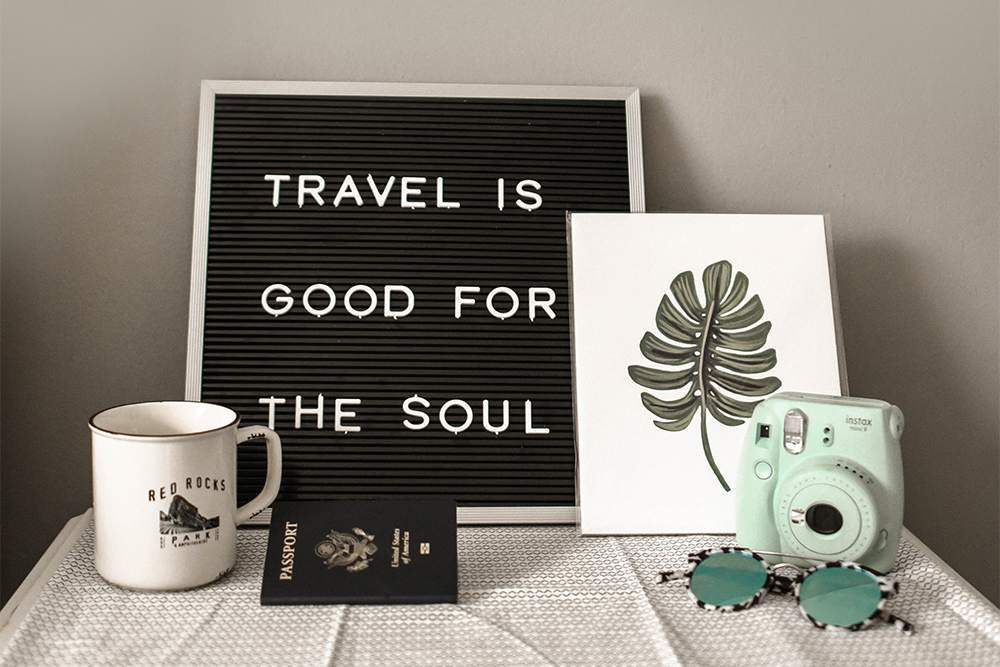
(Photo: Element5 Digital from Pexels)
If you are travelling for more than a month, you might not need to get that organized beforehand. Getting stuck in a place or ‘losing’ a couple of days won’t affect you so much.
If you have only a quite limited amount of time and you want to see as much as you can without racing mindlessly, the following approach will certainly help you make the best of it.
I’ve sketched in the following four steps how I do it and how it works best for me.
I leave it to you to copy my strategy step by step or just get some inspiration or new ideas. Anyway, there is an extra chapter at the end supplying you with a safety net – just in case….
All I want is to encourage you with this thorough planning to try travelling by yourself. If I can do it, there’s no reason you can’t – and I’m glad to assist!
Choosing a Destination
I guess that everybody has a bucket list of places to be visited before…kicking the bucket. If you will be travelling by yourself – and possibly for the first time, there are places more recommendable than others.
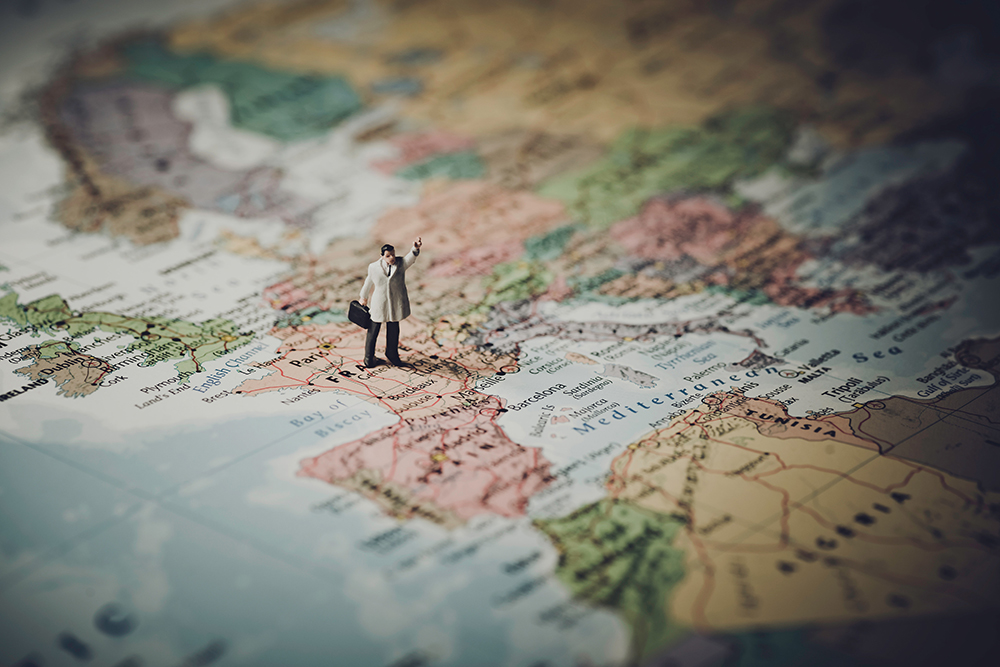
(Photo: slon_dot_pics from Pexels)
I guess Europe should be easy everywhere, no matter which means of transportation you choose. There is an extensive system of public transportation basically everywhere. Of course, you also have the option to rent a car.
In the US you’re fine as long as you’re driving. This might make you not only a single traveller, but a lonely one, too.
Since I’m not driving, I did everything by public transport which can be a bit complicated and tricky. So travelling the US by yourself, you’re most likely to really stay entirely by yourself. Hence, I would recommend starting in another region where you’re chances of meeting other travellers are bigger.
Japan is a very safe place – but you’ll probably be quite isolated and prone to get lonely. Although the Japanese are very polite and friendly, they are not as open and outgoing. Also, the traveller community is not as developed as in other South East Asian countries such as Thailand or Viet Nam.
Actually, in Asia, I’d recommend Thailand to you rookies. There are many single travellers – men and women alike. You’ll find a decent system of public transport. Also, you have the option to join organized trips to remote points of interest. This allows you to get in touch with other individual travellers, if you like.
For the same reasons, in South America, I’d go for Peru. Here you can buy a bus ticket that brings you from Lima all the way down to Lake Titicaca along the so-called “Ruta del Gringo”. It is passing all the destinations of interest where you can individually stay as long as you wish before taking the bus to the next stop.

Composing an Itinerary
A assume that you don’t want to spend your entire vacation at a beachfront hotel. To do this, the only advice you need from me is to stock up on sunscreen.
If you want to see as much as comfortably possible over a limited amount of time, I suggest you get a good guidebook and consult the internet. Since I’m living in Germany, I cannot recommend guidebooks in your language. In German, I like Dumont a lot, but they are quite conservative. A good guidebook will already trace a certain route. This way, you will already have a first direction on how to travel.

(Photo: Photo rawpixel.com from Pexels)
According to your interest, you can skip or add stops or travel the suggested route in the opposite direction. But a book will be only the basis of your planning. You should always cross-check and double-check your itinerary and the stops on the internet. Here you can also inquire how long it takes to go from one place to another.
Don’t even think about calculating your travels based on distances in miles resp. kilometers. Going from Hamburg to Berlin takes 90 minutes by rapid train. The same distance by bus in a Latin American country will take like 6 hours. So the best way is to look for the bus and train schedules online. There you can verify how long it actually takes to go from A to B.
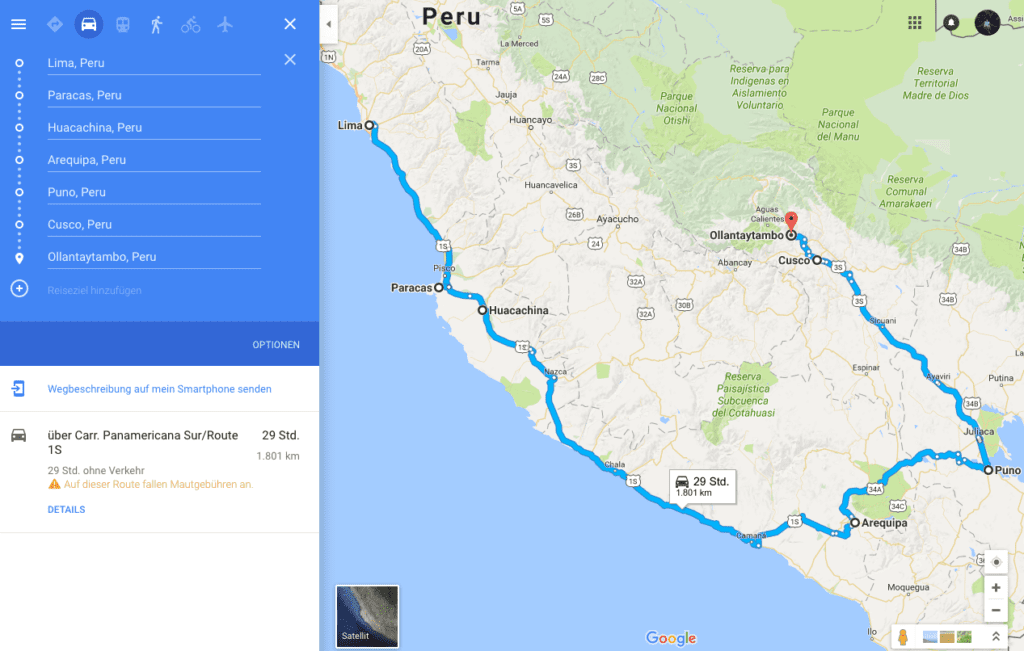
(Screenshot: Map data ©2022 Google)

Most tickets can be bought online, and you see, that the prices differ a lot and should be bought in advance if you want to save money.
(Screenshot: ©2022 Cruz del Sur)
I’d recommend foreseeing at least two nights in a city. If it’s a good gateway for day trips, add one more night for each trip.
Unless it’s a big city with a large number of points of interest, I plan to arrive in the (early) evening. This way, I can still go for a short walk and grab a bite. Then I spend an entire day and leave at noon or in the early afternoon of the third day. Hence, I arrive at my next destination again in the evening.
At beach destinations, I add about two nights to relax. In addition, this gives me the opportunity to run some errands, for instance doing laundry. Although most laundrettes will have your laundry ready within 24 hours, it’s always safer to slate for an extra day.
Talking ’bout clothes. Like I wrote before, I’m not doing backpacks, especially when I’m meandering in a country and don’t stay long in one place. My experience is that after a while you either a) carry a big load of mixed mess around because all your stuff is cluttered, or b) you are repacking your junk at every destination anew, or c) you end up wearing the same clothes day by day to avoid a) and b). I’m using a large travel bag with wheels.
Note: Starting your planning, keep the time difference in mind, especially when travelling East; you will lose a couple of hours. It happened to me on my first couple of trips to Asia. I didn’t consider that I’d arrive only in the evening, in addition, tired from the long flight, so I just crashed. This way, having booked two nights, I had only one day for a big city.
Actually, a little visualization helps, so maybe you want to download one of these free calendar templates
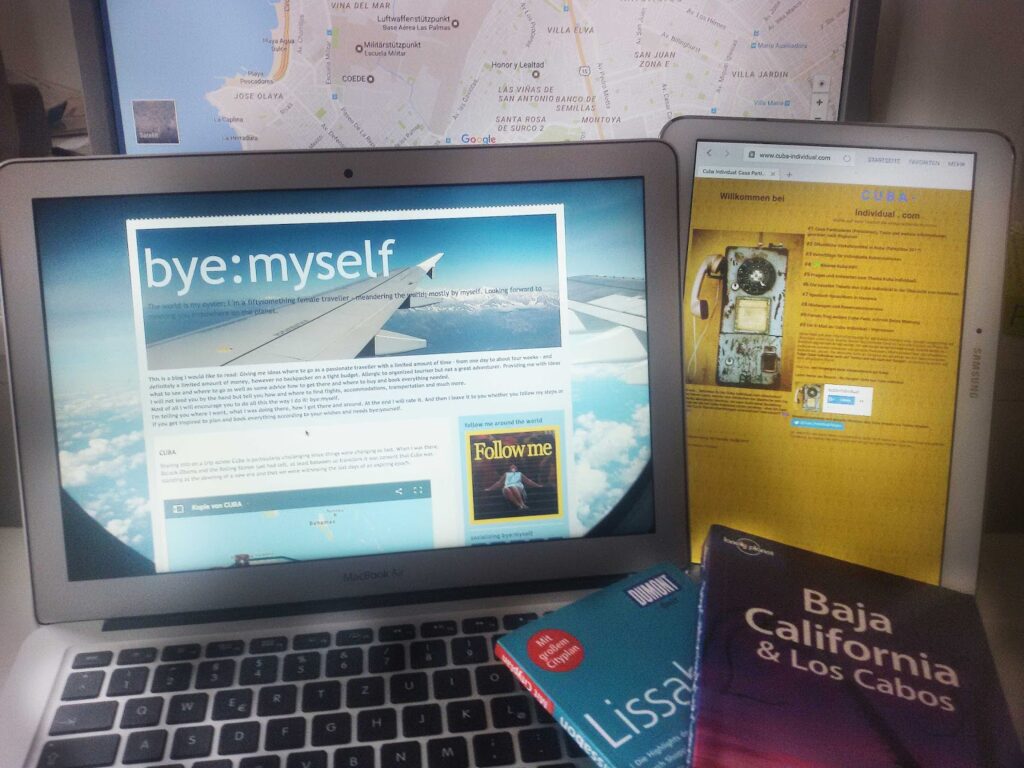
Obviously, if you happen to planning a trip to one of the countries I’ve travelled, I supply you with a ready-made itinerary that you only need to adapt to your needs’n’wishes. You’ll find all the places I visited over the past years categorized on the homepage.
Checking Schedules and Determining the Length of Stops
Putting together your itinerary doesn’t mean only checking domestic flights, trains, and buses. You should also check Public Holidays in the region you’re travelling to avoid getting stuck or paying too much (e. g. Semana Santa, the “Holy Week” before Easter, it’s the peak holiday season in Latin America. Don’t even think about not booking beforehand or you won’t get tickets and end up at the most expensive accommodations).
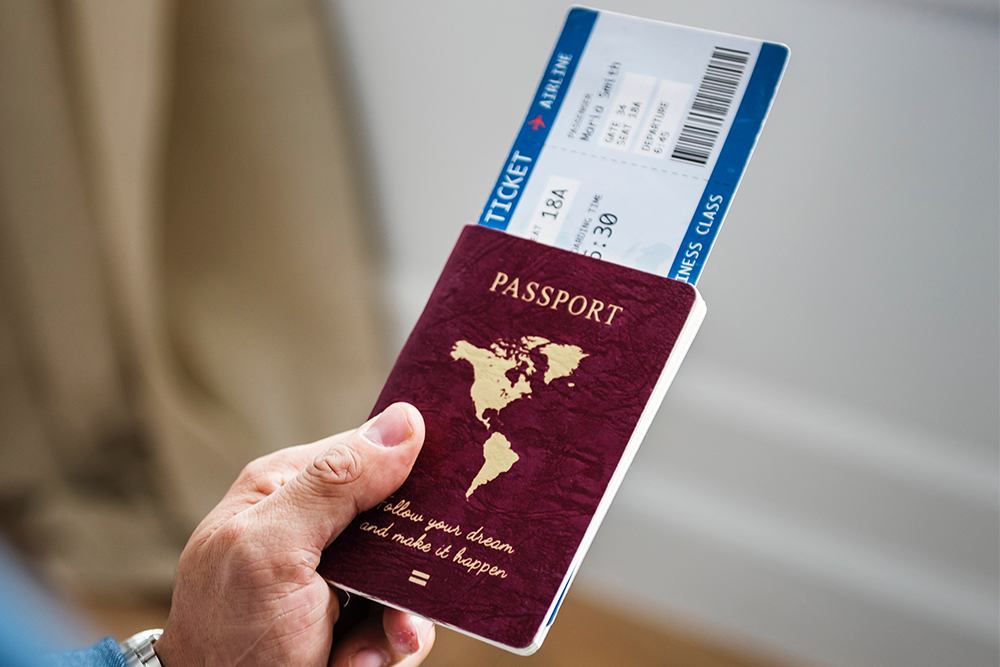
(Photo: rawpixel.com from Pexels)
You should find the answer to all your questions regarding your trip such as visa regulations, vaccination requirements, flights, and accommodations, voltage – or public holidays – in the links I assembled in my World’s Most Complete Traveller Information.
You should also check visit info of attractions you want to see like for instance museums or even national parks. In the US, at many museums, there’s a – sponsored – day where the entrance is free or on a pay-what-you-wish basis. You might want to take advantage of that. In Europe, most museums are closed on Mondays. However, others choose Tuesdays, so you better check their website thoroughly beforehand.
You should also pay the official online tourist info a visit to check if there’s something special like a theater play, an exhibition, or a sporting event taking place that you’d like to see.
So after checking all this, you’ll be able to determine how long you’ll stay in each place. Possibly you might want to adapt your itinerary accordingly.
The same way I determine the route crossing a country I sketch strolls through cities and neighborhoods, i. e. I check where the points of interest are, and what’s a good time to be there (it doesn’t make sense to plan to go to a museum that opens only at 11 a. m. at the beginning of your day)

(Screenshot: Map data ©2022 Google)
Booking
My early booking – and early packing for that matter – are legendary. All my friends make me look like a fool laughing at me for booking flights and accommodations and sometimes bus and train tickets months ahead. And in the end, they are all jealous when I get the best seats for the best prices.
The same goes for accommodations. Whereby, I actually do prefer those where I can cancel the booking free of charge up to let’s say a week before arrival. Although I seldom change the route and dates, it does happen that I still stumble over an even better deal. Therefore, it’s good to be able to alter or cancel. If the deal is too good and cannot be changed, I bite the bullet.
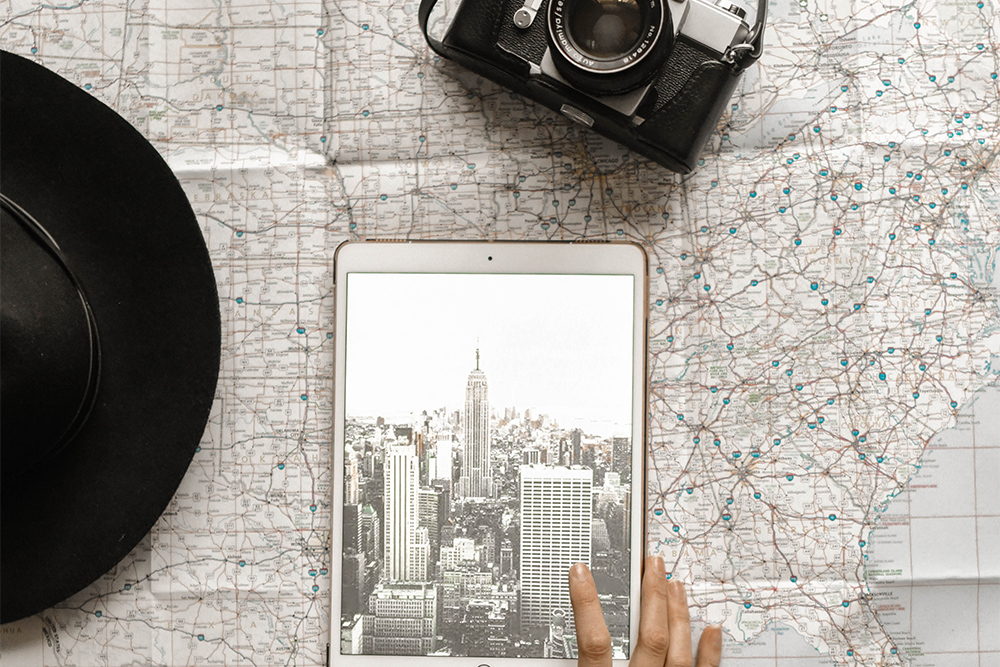
(Photo: Element5 Digital from Pexels)
An often-heard argument against my way of booking so much ahead is that it makes me inflexible. Yes, that’s true, but think about it: If I have three weeks, which equals 21 days, obviously, and I want to see let’s say six to eight places – how flexible can I be, anyway?
I will have only two to four days for each destination. Hence, checking beforehand usually gives me a pretty good idea of where I can happily leave after 36 hours. Respectively, where I should stay for a couple of days. A limited amount of time for a road trip doesn’t leave too many options to be ‘flexible’. So why not book ahead and save time and money?!
I probably don’t need to list all the portals where you can find flights at reasonable to cheap prices. However, you’ll find some of them in my World’s Most Complete Travel Information.
Unfortunately, there is no such thing as the best site. However, blogs that claim to have the best deals might be right: The best deals for them for advertising.
So if you want the best deal, there is no way around checking all the different sites plus the airline’s pages.
The same goes for accommodations. I already wrote in an earlier post that there is definitely no website comparing all other pages and showing you the best price. This can be an orientation, but you might always find a better deal on another site. However, most of the time, I find the best deals on booking.com*.
Another thing is that booking in advance might be more costly in certain regions. Some Asian countries, Peru, Mexico – these are places where you can easily negotiate a good bargain on the spot. So here you have to do a little research, too.
Although Airbnb conquered the lodging market about ten years ago, I’ve never ever stayed with them. Simply because I enjoy having someone cooking me breakfast and making my room while I’m gone – I love hotels.
But if you are travelling by yourself and do want company from time to time, why not give it a try?! Nonetheless, quite honestly – I’ve never heard from any of my friends that stayed somewhere through Airbnb that they made Pizza with their host or all the great stuff the company promises in their commercials. My friends often found the key behind an old flower pot or had to pick it up at the dry cleaners next door. To this date, they don’t even have a clue what their host looks like; there was no Pizza involved.
Another thing you should consider when booking accommodation is a convenient location. Otherwise, you will end up in one of the places I described earlier.
So this is another thing I check beforehand on google maps and print out.
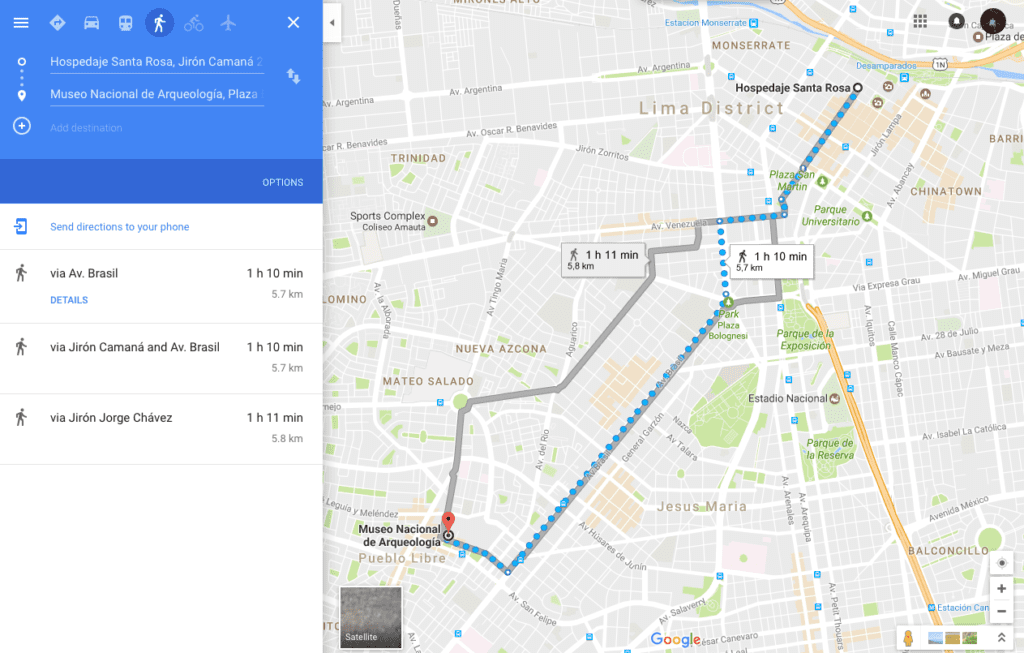
In my example, you see that the hotel is very close to the old town and less than 4 miles from the last spot on the above-sketched sightseeing tour.
(Screenshot: Map data ©2022 Google)
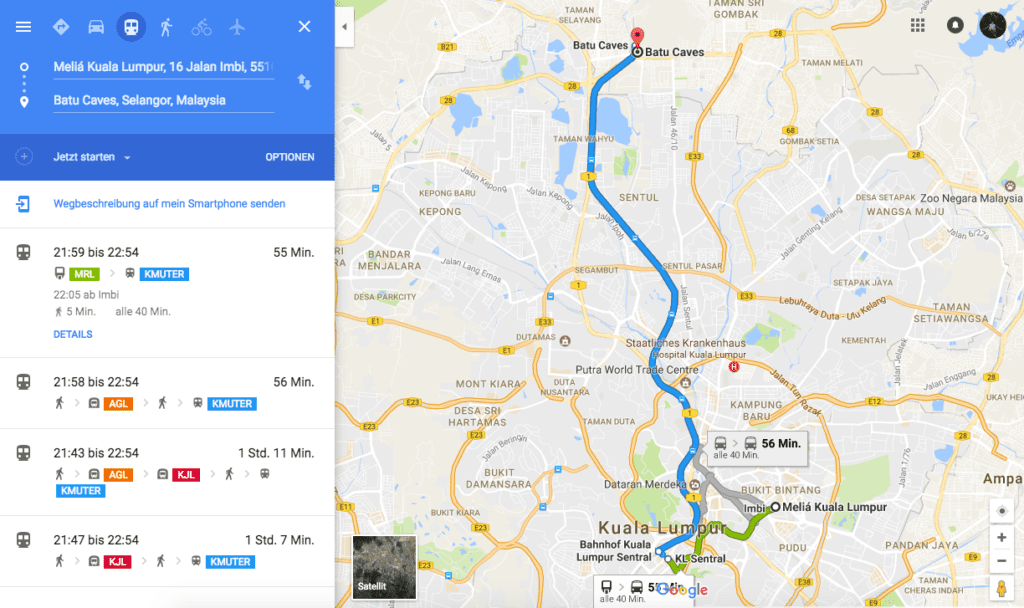
(Screenshot: Map data ©2022 Google)
If you intend to use public transport, just search the city and key in public transport and you’ll be surprised. This way I’ve found online bus schedules for the posh beach destination Naples in Florida. Even local people were convinced they had no public buses.
I love the Internet and every wonder that comes with it – I’m writing a Blog, after all!
Still, there are things I want on paper. I’m hauling big books around the world, and I like my plans and information and confirmations and tickets on paper. So I’m printing everything out – for instance, also those map excerpts I’m showing above. It came in handy more than once being able to show the cab driver quickly a piece of paper with the hotel address instead of desperately waiting for an internet connection while smiling at him apologetically. Sometimes, it even has a small photograph on it.
Plus I like how from stop to stop the folder holding all the printed info gets lighter and lighter.
Solo Travel with a Safety Net
Maybe it’s your first trip by yourself and you feel a teeny bit insecure. Or you want to make sure to get in touch with other travellers. Or you are simply a bit lazy and want to leave the planning to others. Well, you still don’t need to go on an All Inclusive hotel vacation. There are agencies organizing either the entire route or a part of it for you. It works like the Hop On Hop Off system you know from cities. You buy a pass and you can join the tour on certain days at certain stops. Sometimes there are even some day trips and tours included.

(Photo:rawpixel.com from Pexels)
The biggest one covering every continent is the Bamba experience. In Asia, you have Stray Travel, and GreenToadBus drives you through South America. You can travel in Europe by www.busabout.com, Australia by www.greyhound.com.au, and in the United States, www.amtrak.com offers travel passes.

Although it’s convenient and fun, you should compare the prices to individual bookings and reconsider. Especially the tours in Asia and South America are really pricey compared to what you would pay if you organize your trip by yourself.
But it is definitely an option.
Pinnable Pictures
If you choose to pin this post for later, please use one of these pictures:
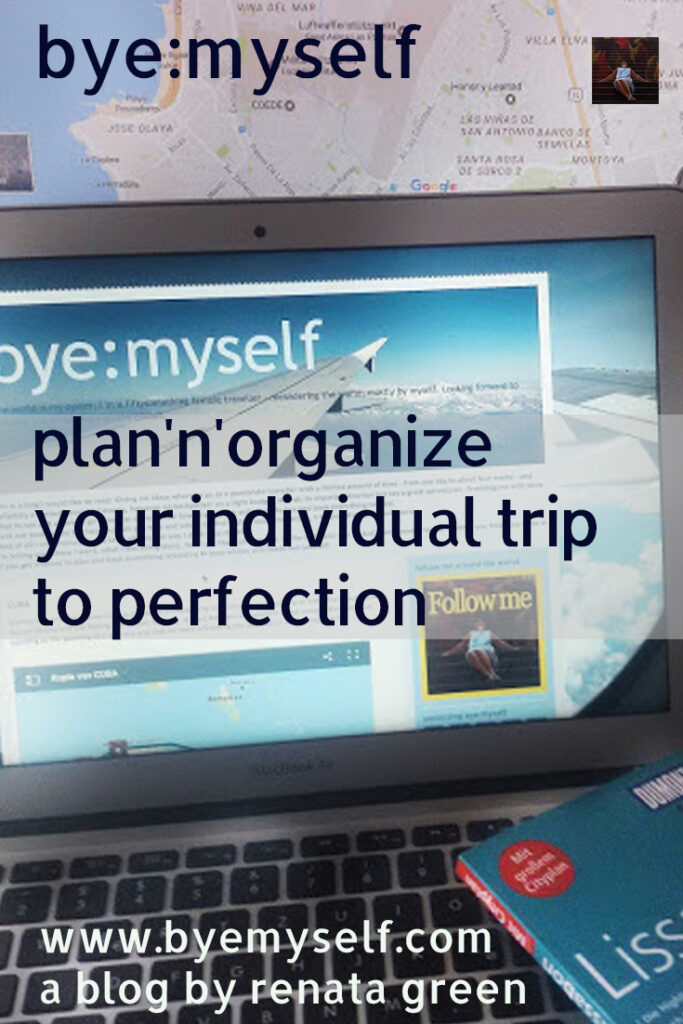


Note: I’m completing, editing, and updating his post regularly – last in August 2023.
Did You Enjoy This Post? Then You Might Like Also These:


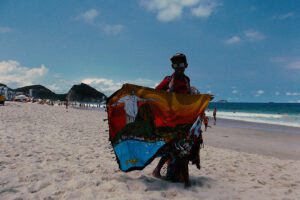


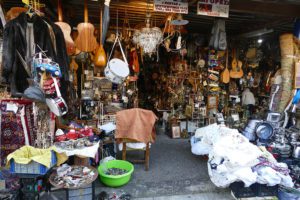


We have done quite a bit of trip planning on our own. It takes quite a bit of research and work! These are great points for putting together a trip.
Planning a trip from scratch can seem overwhelming, but breaking it down into simple steps can make the process much easier. Start by determining your travel budget, choosing your destination, and researching visa requirements if necessary. Next, decide on your transportation method, and book flights and accommodations. Consider purchasing travel insurance for added peace of mind. Once you’ve taken care of the basics, start planning activities and excursions, and make a rough itinerary. Don’t forget to research the local customs, culture, and cuisine, and make sure to have all necessary travel documents and vaccinations. With these steps in mind, you can plan a memorable and stress-free trip.
One of my favorite parts of traveling is planning the trip. However, I have never planned an overseas trip myself or a trip longer than 12 days. You brought up a lot of good points I wouldn’t have thought of. Plus you had travel abroad tips I wasn’t aware of. Thanks for the insight.
I’m obsessed with planning. I actually have to discipline myself to leave room for….miracles 😉
lengthy but useful info. thanks for sharing
Well, since I wanted it to be comprehensive, it had to be lengthy. Hope it’s equally helpful 😉
Some really solid advice, there, Renata. At first I was puzzled by the title, because I’ve never about , it just happens. However even as a frequent traveller I took a couple of notes reading your post. Thanks for sharing.
That’s a great compliment – thanx so much. As a matter of fact, I think we travellers can always learn a thing or two from each other 😉
Hi Renata. Found you on female solo travel page and love your page !! Love that it’s straight to the point. I am currently planning my Scotland getaway and you have been MOST helpful !! Thank you, Anne
That is a really good tip particularly to those fresh to the blogosphere. Simple but very accurate information… Appreciate your sharing this one. A must-read article!|
Planning is one of my favorite elements of any trip. I love reading and researching a new destination, and trying to decide what I want to do and see when I’m there. I think I could have been a good travel agent, because I love looking at all the options and then weighing up all the options and coming up with the best options for traveling from A to B.
Good travel-agent – I sometimes think that of myself, too. The planning and organizing are a major part of my travels.
Great tips! I completely agree with the destinations you recommended for first-time solo travelers. I’d also add South Korea to it. It’s another very safe, friendly, and culturally rich place and it’s so easy to connect with other travelers and locals, especially in the party areas of Seoul.
Thanx for the tip – I also need to try it out myself since I haven’t been to South Korea yet, however, would love to go 🙂
Oh wow you are really organized!
I often do a bit of internet-staking when I have foud a destitaion of my liking, but more than that… nope, had to booking and start packing 😀
Yes, but being so organized has advantages and disadvantages, too – I’m less flexible than other people when things don’t go as planned 🙁
These are such great tips for anyone who needs to plan a trip by himself or herself from scratch. In fact, I too follow the process you mentioned, especially arriving in the city in the evening. it gives me time to relax before starting my exploration from the next day. Another thing I loved in your post is your recommendation about certain destinations for first-timers.
Hey, when even an avid traveller like you likes this post, I must have done something right 😉
Thanks for sharing these expert tips for planning a trip! I really like the idea of arriving to a city in the late evening, having the day to explore, and leaving the next day at noon. This really does seem like an excellent way to get the most out of a short time while still experiencing a lot that a city offers. You also make an interesting point about the different lengths of time it takes to cover the same distance depending on the public transportation available. Great food for thought in planning my next trip!
Great tips in this post Renata. many of the tools you mentioned I haven’t tried – I’ll have to check them out. I love that you recommended certain destinations for first-timers, very helpful.
These are great tips. I have only travelled in Canada, the US and many Caribbean Islands, never Europe. When determining what I want to see and do and the length of time, I will google tour groups to see what itineraries they have and then I will adapt my itinerary to that.
One of the pleasures of traveling is actually planning the trip itself. It is so exciting to set this process in motion. You have covered this aspect in great detail and in a systematic manner. For us, one of the important aspects that we spend a lot of time on is on planning our stay as we are quite finicky when it comes to accommodation when traveling.
Great tips! I too used to be surprised when people would ask for tips on planning a trip, but I realized not everyone has my planning or organization skills! 🙂 Picking where you want to go is always a great start! I also now look at other travel bloggers to see their tips about my destination ideas.
This is a great post for people just getting started. There is a lot that goes in to travel planning! We are old pros by now at doing all these steps.
Good tips for planning a trip. I usually plan a little in advance too, although I always under schedule so I can put something in that locals recommend that I didn’t know about. I really love Lonely Planet’s guide books and some European cities also have In Your Pocket guides that are my favorite. They are published ever other month or so with calendars of local events. I don’t mind hotels most of the time, but have loved my experiences with AirBnBs. I’ve even been invited for drinks and dinner with my host before. Other places, crickets, which is good too.